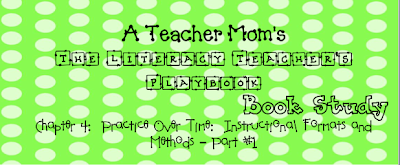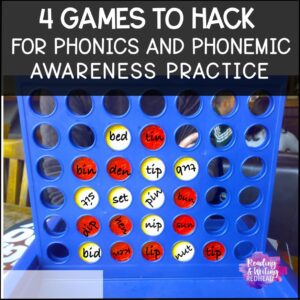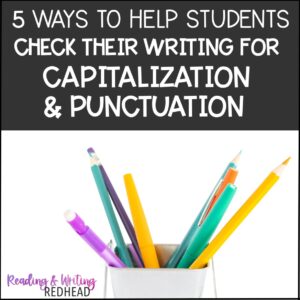
Grades K-2 Edition
Grades 3-6 Edition
Serravello starts out this chapter with a quote from Tom Landry: “Setting a goal is not the main thing. It is deciding how you will go about achieving it and staying with the plan”. She starts out by suggesting you start your action plan by answering some how questions. We should know how to plan for practice with both instructional format and strategies, know how the teaching will look, how long will it last and who will be involved, and finally how will we know when the goal is met?
Once you have chosen a goal, you need to be sure to detail what skills the student will practice and what strategies will be used. Serravello provides a helpful organizer you to use to clarify goals, skills, and strategies. The table is broken down into three categories, “Goal-Large, Overarching, will take Weeks to Accomplish”, “Skills- Behavior, Habits, Processes” and “Strategies- Procedural How-tos to Accomplish the Skill”. This chart would really help me since when I am goal setting for a student I often don’t use the strategy of writing it out. This would help me get organized and be thorough.
Serravello then suggests that we put ourselves in the place of our student and for whatever skill they need to work on, we read a challenging, higher level text and practice doing it ourselves. That way we can think about the steps we need to take when doing it- that way we can more easily come up with strategies to help our students. This is pretty interesting and I don’t think have heard this suggestion before. I look forward to see what else she suggests in the next part of the chapter!








